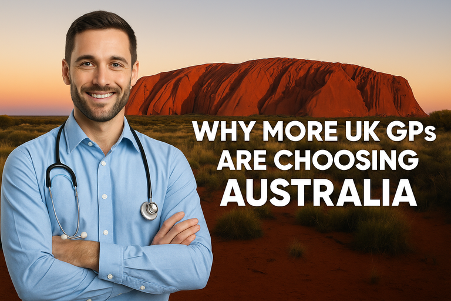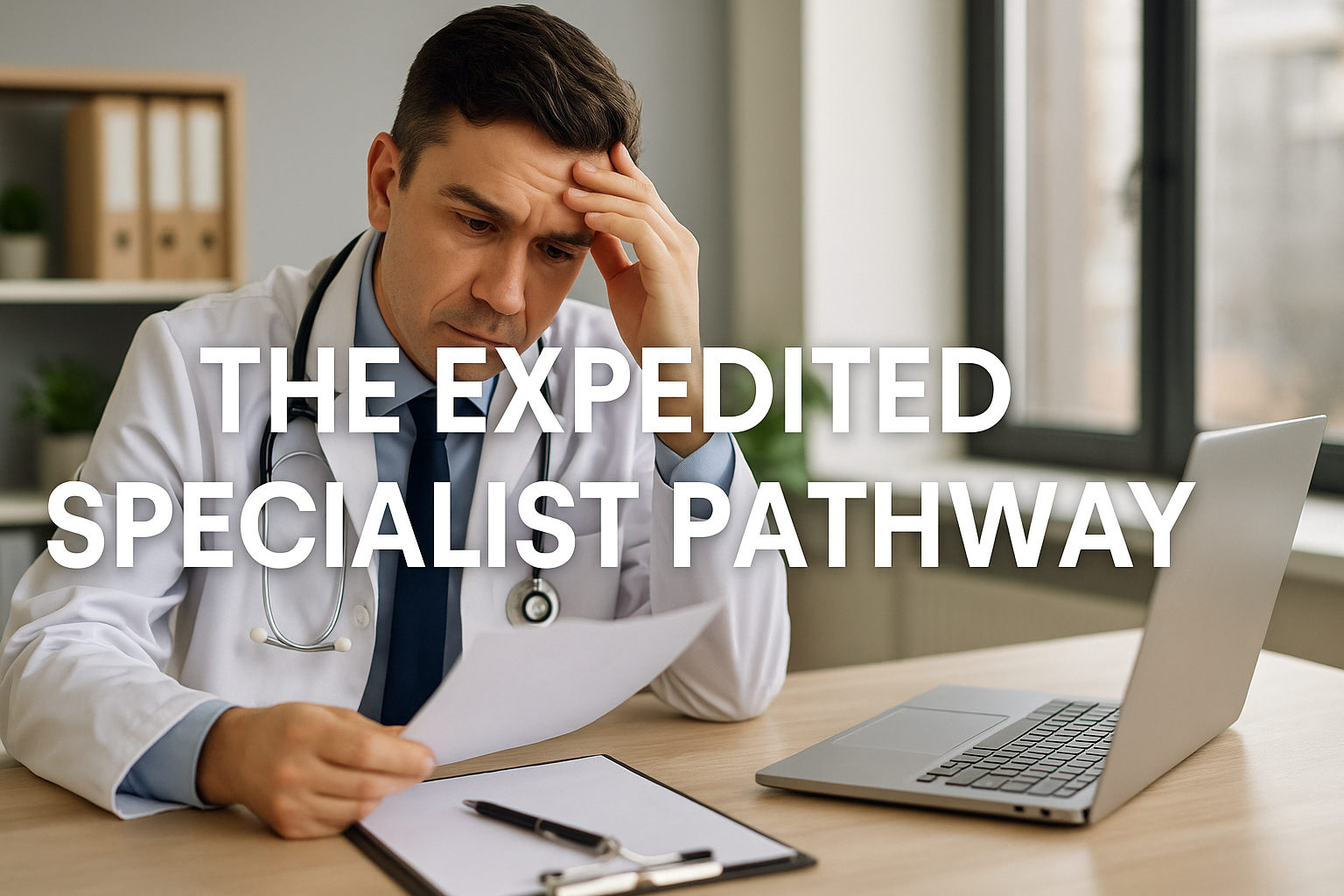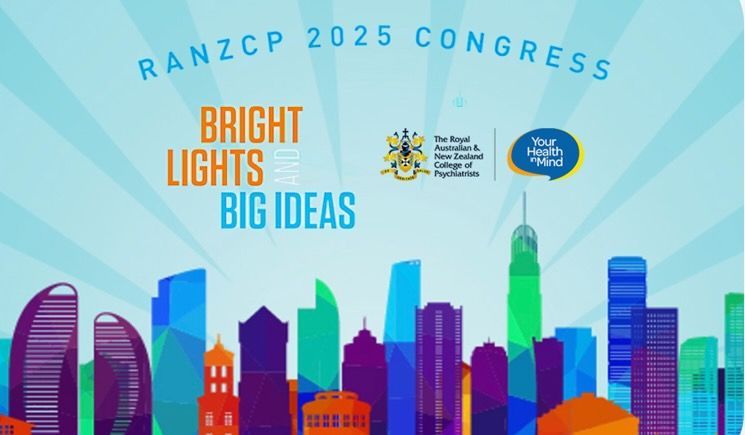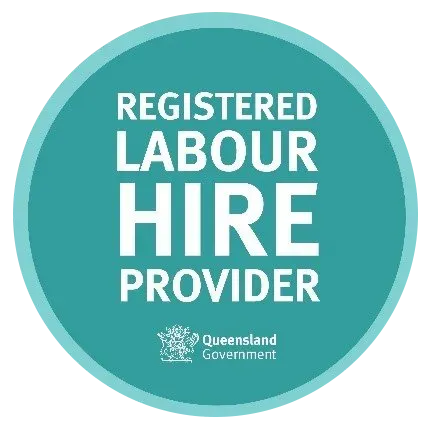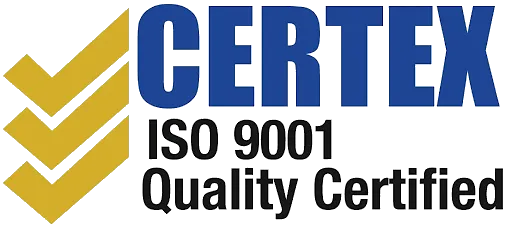Are you a GP looking to work in Australia or New Zealand? What you need to know

Explore the opportunity to work as a GP in these countries and experience the unique lifestyle they offer
Understanding the specific requirements and pathways for medical registration in these countries is significant. Both Australia and New Zealand offer unique professional experiences, with Australia focusing on a mix of urban and rural healthcare settings, and New Zealand on its distinct health system, emphasising community and rural medicine. Familiarising yourself with the lifestyle, culture, and healthcare systems can aid in a smooth transition.
To work as a General Practitioner in Australia, essential qualifications include a Fellowship from either the Royal Australian College of General Practitioners (RACGP) or the Australian College of Rural and Remote Medicine (ACRRM). Internationally recognised qualifications eligible for comparability assessment include:
- Membership of the Royal College of General Practitioners (UK)
- Membership of the Irish College of General Practitioners
- Fellowship of the Royal New Zealand College of General Practitioners
- Certification from the College of Family Physicians of Canada
- Swedish Certificates of Specific Training for General Practice
- Specialist qualifications in Family and Community Medicine from Spain
Applicants are categorised as substantially, partially, or not comparable. Substantially comparable GPs are expected to achieve Fellowship in a year, while partially comparable GPs work under supervision, aiming for Fellowship and the completion of RACGP exams within two years.
What about New Zealand?
New Zealand offers more flexibility compared to Australia, with more latitude in choosing practice locations compared to Australia's DPA requirement.
The assessment pathways in New Zealand include the Competent Authority and Comparable Health system pathways, catering to GPs with specific qualifications and experience in comparable health systems.
Need more information or guidance on your journey to becoming a GP in Australia or New Zealand? Contact us today to discuss your unique requirements and get access to amazing career opportunities.
